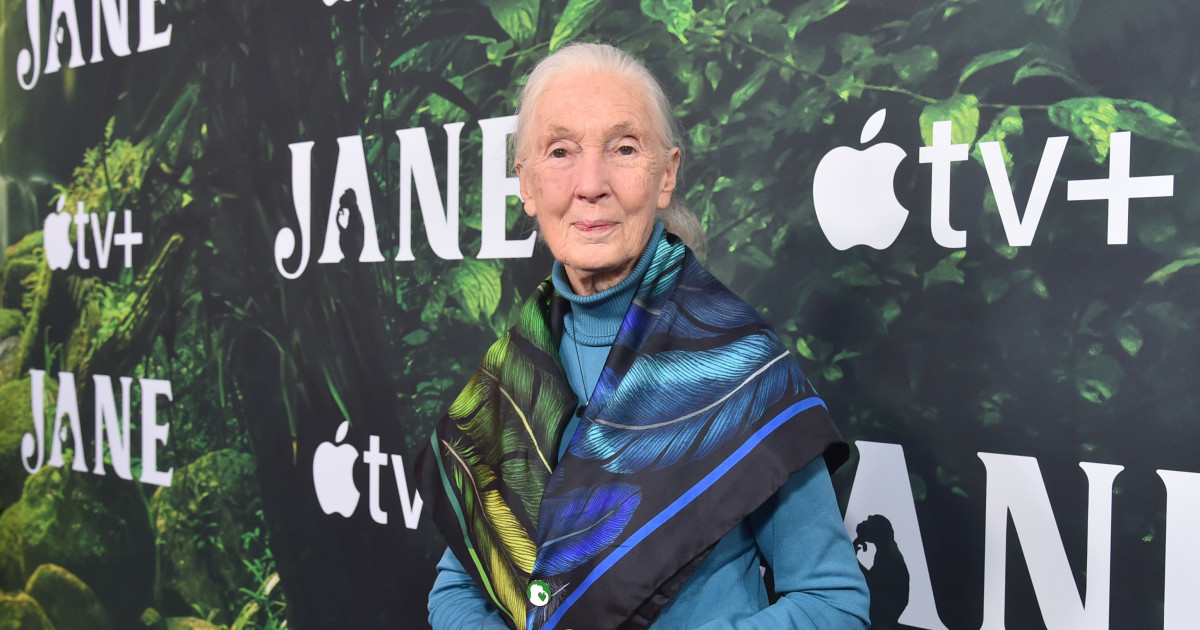Copyright MIT Technology Review

Currently, most large language models break text down into thousands of tiny units called tokens. This turns the text into representations that models can understand. However, these tokens quickly become expensive to store and compute with as conversations with end users grow longer. When a user chats with an AI for lengthy periods, this challenge can cause the AI to forget things the user has already told it and get information muddled, a problem some call “context rot.” The new methods developed by DeepSeek (and published in its latest paper) could help to overcome this issue. Instead of storing words as tokens, its system packs written information into image form, almost as if it’s taking a picture of pages from a book. This allows the model to retain nearly the same information while using far fewer tokens, the researchers found. Essentially, the OCR model is a testbed for these new methods that permit more information to be packed into AI models more efficiently. Besides using visual tokens instead of just text ones, the model is built on a type of tiered compression that is not unlike how human memories fade: Older or less critical content is stored in a slightly more blurry form in order to save space. Despite that, the paper’s authors argue that this compressed content can still remain accessible in the background, while maintaining a high level of system efficiency. Text tokens have long been the default building block in AI systems. Using visual tokens instead is unconventional, and as a result, DeepSeek’s model is quickly capturing researchers’ attention. Andrej Karpathy, the former Tesla AI chief and a founding member of OpenAI, praised the paper on X, saying that images may ultimately be better than text as inputs for LLMs. Text tokens might be “wasteful and just terrible at the input,” he wrote. Manling Li, an assistant professor of computer science at Northwestern University, says the paper offers a new framework for addressing the existing challenges in AI memory. “While the idea of using image-based tokens for context storage isn’t entirely new, this is the first study I’ve seen that takes it this far and shows it might actually work,” Li says. The method could open up new possibilities in AI research and applications, especially in creating more useful AI agents, says Zihan Wang, a PhD candidate at Northwestern University. He believes that since conversations with AI are continuous, this approach could help models remember more and assist users more effectively. The technique can also be used to produce more training data for AI models. Model developers are currently grappling with a severe shortage of quality text to train systems on. But the DeepSeek paper says that the company’s OCR system can generate over 200,000 pages of training data a day on a single GPU. The model and paper, however, are only an early exploration of using image tokens rather than text tokens for AI memorization. Li says she hopes to see visual tokens applied not just to memory storage but also to reasoning. Future work, she says, should explore how to make AI’s memory fade in a more dynamic way, akin to how we can recall a life-changing moment from years ago but forget what we ate for lunch last week. Currently, even with DeepSeek’s methods, AI tends to forget and remember in a very linear way—recalling whatever was most recent, but not necessarily what was most important, she says. Despite its attempts to keep a low profile, DeepSeek, based in Hangzhou, China, has built a reputation for pushing the frontier in AI research. The company shocked the industry at the start of this year with the release of DeepSeek-R1, an open-source reasoning model that rivaled leading Western systems in performance despite using far fewer computing resources.



